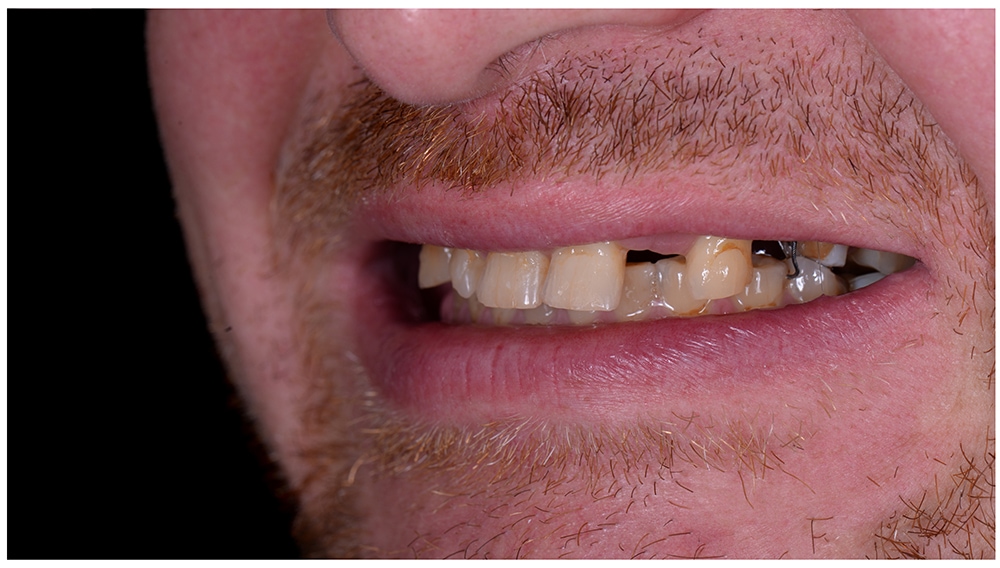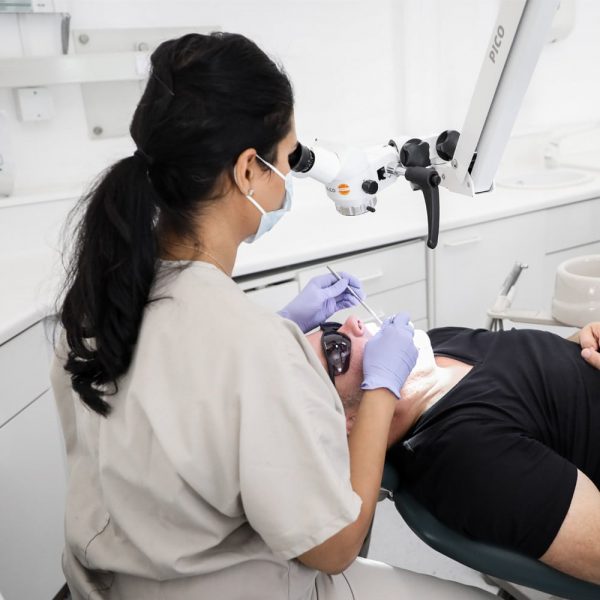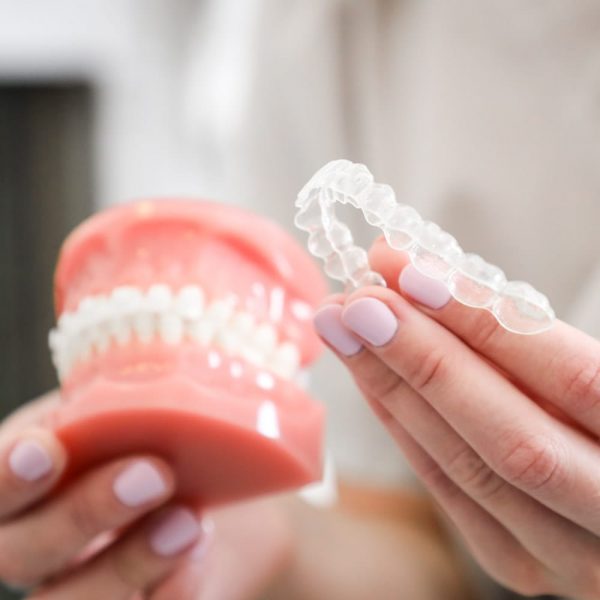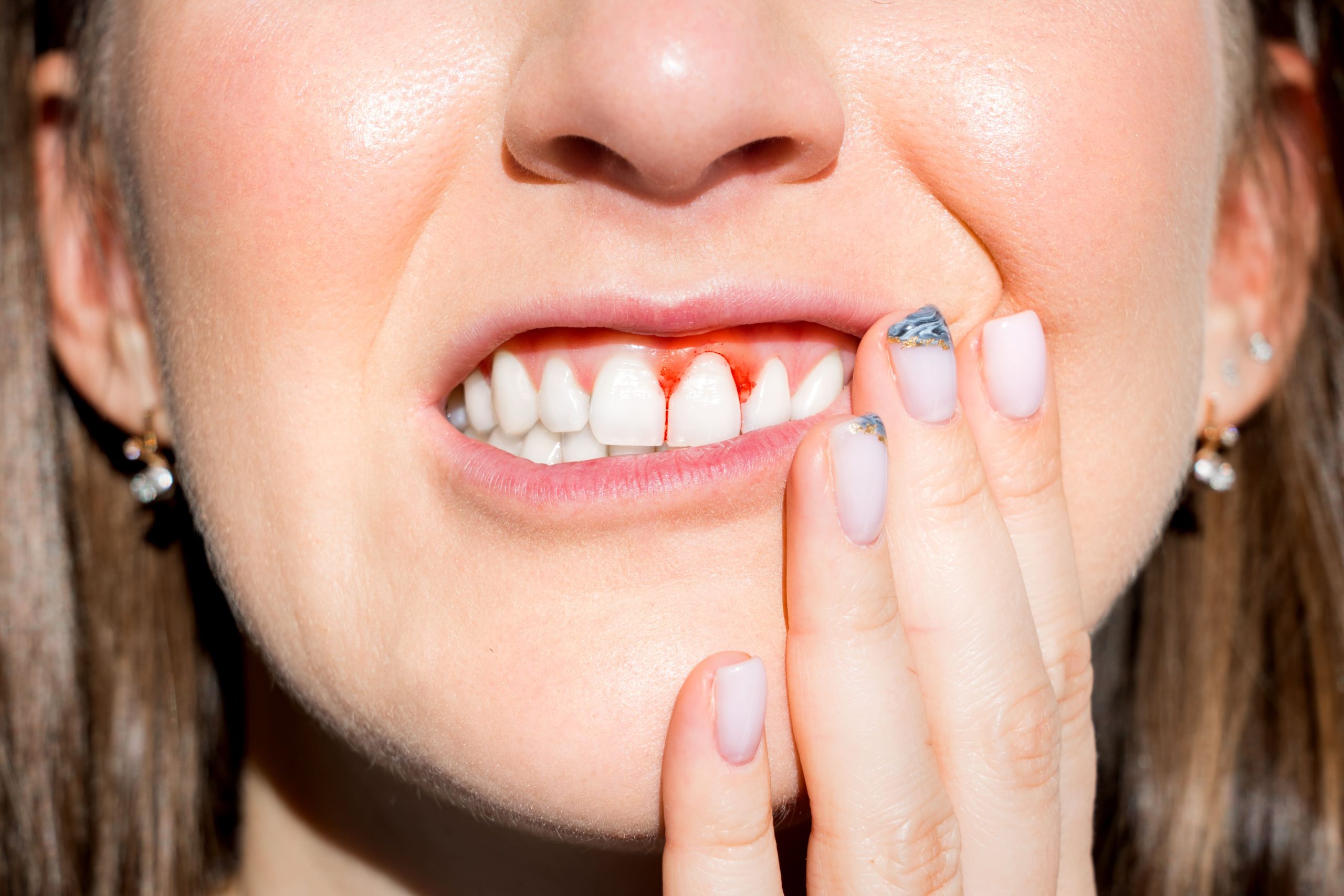Composite bonding is a revolutionary cosmetic dentistry procedure that will have you smiling from ear to ear in no time. It involves using a dental adhesive to glue a dental composite (white filling material) to the front (anterior) teeth. This white-filling material can be used to optimise the shape of the incisors and canines because they are the most important teeth in dental aesthetics. Dental bonding (adhesive dentistry) began in 1955 when Dr Michael Buonocore told the world about the benefits of acid etching. The materials and techniques have evolved since then to the highly predictable techniques that exits today.
Now, I know what you’re thinking - ‘composite bonding? Sounds like some science experiment!’
But trust me; it’s not as scary as it sounds. In fact, composite bonding is a safe and effective way to enhance the appearance of your teeth without any invasive surgery or painful procedures. And the best part? It’s affordable too!
So why not try it and see how it can transform your smile?
Key Takeaways of Dental Bonding
- Composite bonding is a cosmetic dentistry procedure that uses tooth-coloured resin to enhance teeth appearance.
- The procedure is safe, effective, and minimally invasive and can fix chips, cracks, gaps, and discolouration in one visit to the dentist.
- Composite bonding is a more affordable option than porcelain veneers, but veneers are more durable and stain-resistant.
- Regular brushing, flossing, and check-ups with a dentist are essential for maintaining the longevity and appearance of composite bonding.
Understanding Dental Bonding: A Complete Guide
The composite bonding materials used are tooth-coloured resin that blends seamlessly with natural teeth, making it difficult for others to tell that you’ve had any cosmetic work done.
Composite bonding uses an acrylic, high-end composite material to correct dental imperfections by building on and enhancing your natural teeth.
What is composite bonding?
Composite bonding treatment is like adding a fresh coat of paint to your smile, and this complete guide will help you understand all the ins and outs of the procedure.
Tooth bonding aesthetics come down to the dentist's skill in layering and sculpting the resin material to create natural-looking teeth and smiles as a result.
Composite bonding longevity depends on proper care after the procedure, such as avoiding excessive force or consuming staining foods and beverages. Additionally, composite bonding suitability varies depending on individual circumstances, such as existing dental issues that may need to be addressed before undergoing the procedure.
Benefits of Composite Bonding Smile Makeovers
The primary benefit of composite bonding is affordability. It is, therefore, perfect for anyone on a limited budget who wants a natural look achieved through a quick and minimally invasive procedure.
One of the best things about composite bonding is its versatility. Dental bonding is often used to fix chips, cracks, gaps, and discolouration in just one or two visits! Not only does composite bonding provide instant results that will make you feel great about your smile, but it’s also incredibly easy to maintain.
Unlike other treatments that require frequent check-ups and replacements, composite bonding restorations last up to 5 years with proper care. So if you’re looking for an affordable way to enhance your teeth with a natural-looking finish, then composite bonding is definitely worth considering!
Dental Bonding Procedure: What to Expect
Before your dental bonding appointment, the dentist/dental therapist will explain the preparation process for composite bonding. This involves removing any decay or damage from the tooth surface and cleaning it thoroughly. Afterwards, they will select a colour-matching composite material that blends seamlessly with your teeth. You will also have the opportunity to visualise the final result so that you can give informed consent before the procedure is carried out.
During the actual procedure, the dentist applies and moulds the composite resin to your tooth using various shaping techniques. This creates a beautiful composite veneer over the surface of the front teeth. They will use a blue light to harden the resin before carefully shaping and polishing it to match your natural tooth shape.
The entire process is fast and efficient, usually completed in just one visit. With minimal discomfort or recovery time needed, you can leave feeling confident with your new smile!
And now that you know what to expect during this exciting cosmetic dental treatment, let’s discuss costs and financing options for composite bonding.
Costs and Financing Options for Composite Bonding
Regarding dental bonding costs, we have teamed up with Tabeo Finance to provide affordable ways to finance your treatment.
Here’s a cost breakdown for composite bonding:
-
Average Prices: Composite bonding can range from £150- £450 per tooth, depending on the complexity of the procedure. See our fees page here.
-
Financing Options: Tabeo offers interest-free finance plans that allow you to pay for your treatment in monthly instalments without affecting your credit score.
-
Payment Plans: Payments are collected once a month with no hidden fees and can be easily changed online if needed.
Don’t let finances hold you back from getting the perfect smile! With flexible payment plans and financing options available through Dental Finance, you can have the confidence that comes with a stunning set of teeth without breaking the bank. Complete the short form below.
And once you’ve completed your composite bonding procedure, read on about maintaining your beautiful new smile!
Dental Bonding Aftercare.
Common dental bonding problems are prevented by regular brushing and flossing. Make sure to brush twice daily and floss at least once daily to remove any food debris that may cause staining or discolouration over time.
Aside from oral hygiene practices, diet restrictions are also necessary to maintain the colour of your teeth. Avoid consuming foods and drinks that may stain or alter the colour of your composite bonding such as red wine, coffee, fruit juices, candies with artificial colouring, and smoking cigarettes or using chewing tobacco. Also avoid snacking on sugary foods and drinks as they will cause decay around the bonding.
Avoiding bad habits like biting on hard objects that can chip or break your bonding is also important. Regular check-ups with your dentist can help detect any issues early on so they can be addressed before they become more serious.
By diligently following post-treatment care instructions, you can enjoy a beautiful smile for many years. As you learn how to properly care for your composite bonding, seeing real-life examples of successful treatments is helpful.
In the next section about before and after: composite bonding case studies,’ we will showcase some remarkable transformations made possible by this simple yet transformative dental treatment option.
Before and After: Dental Bonding Results
You’re about to see some incredible smile transformations that’ll leave you feeling like you just witnessed a magic show. These case analyses showcase the power of composite bonding in achieving aesthetic results and patient satisfaction. Composite materials used in bonding are versatile and cost-effective, making them an excellent option for those looking to improve their smile without breaking the bank.
Bonding longevity is also impressive, with patients reporting up to 5 years of wear before needing touch-ups or replacements. The natural look achieved by composite bonding is unparalleled, as it seamlessly blends with your existing teeth while correcting misalignments and closing gaps.
Patients have reported a boost in confidence after undergoing dental bonding procedures, thanks to the remarkable results achievable through this technique. Now, let’s explore how composite bonding compares to veneers and which option may be right for you.
Comparing Composite Bonding vs. Porcelain Veneers: Which is Right for You?
This vlog compares composite bonding and porcelain veneers so that you can have the information to make the right decision.
One major difference between the two options is the materials used. Porcelain veneers are more durable and stain-resistant than composite resin, but they also have a higher price tag. On the other hand, composite bonding is generally less expensive and requires less tooth preparation.
When deciding between these treatments, it’s important to consider your cosmetic concerns and long-term costs. Composite bonding is a great option for minor cosmetic issues like chips or gaps, while veneers can address more extensive damage or discolouration. However, veneers may require replacement if they crack or become damaged over time, whereas bonded teeth can often be repaired without needing a full replacement.
Choosing between these options will ultimately depend on your unique needs and preferences. But no matter which treatment you choose, both have natural-looking results and require good oral care to maintain their appearance over time.
Common Misconceptions about Composite Bonding
One common misconception about dental bonding is that it can be uncomfortable. However, this couldn’t be further from the truth. Our dental professionals take extra care to ensure that every patient is comfortable throughout the entire procedure. We use advanced techniques and tools to minimize any discomfort or pain, so you can leave with a perfect smile without any soreness.
Another myth about composite bonding is its durability and longevity. Some people believe that it won’t last long compared to other treatments like veneers. Although it is true to an extent when you bond the composite onto the enamel, the resin used can last for 5 years giving you an extended period of being able to smile confidently. It’s also important to note that composite bonding enhances your appearance, strengthens your teeth, reduces sensitivity, and prevents cracks or chips from spreading. Plus, composite bonding is an affordable option compared to similar treatments like veneers as shown in the following table:
| Treatment |
Cost Per Tooth |
| Composite Bonding |
£150-£450 |
| Porcelain Veneers |
£1200-£2,500 |
So don’t let these dental myths deter you from getting the best treatment for your teeth! Now that we’ve addressed some of these common misconceptions about composite bonding let’s find the best providers near you who offer this amazing treatment option for your smile makeover needs!
Finding the Best Dental Bonding Providers Near You
When searching for the best composite bonding providers near you, consider scheduling a consultation to discuss your options. This will allow you to ask any questions you may have about the procedure, as well as get a feel for the dentist’s personality and approach.
Additionally, make sure to take into account location and availability when choosing your provider - finding someone conveniently located with flexible appointment times can make all the difference.
So why wait? Take the first step towards achieving your dream smile by completing the form below. One of the team will contact you to book an appointment with one of our expert composite bonding providers!

















